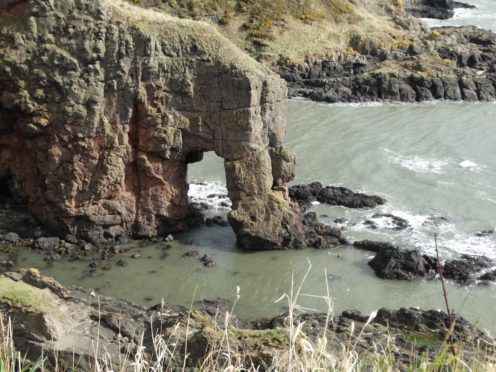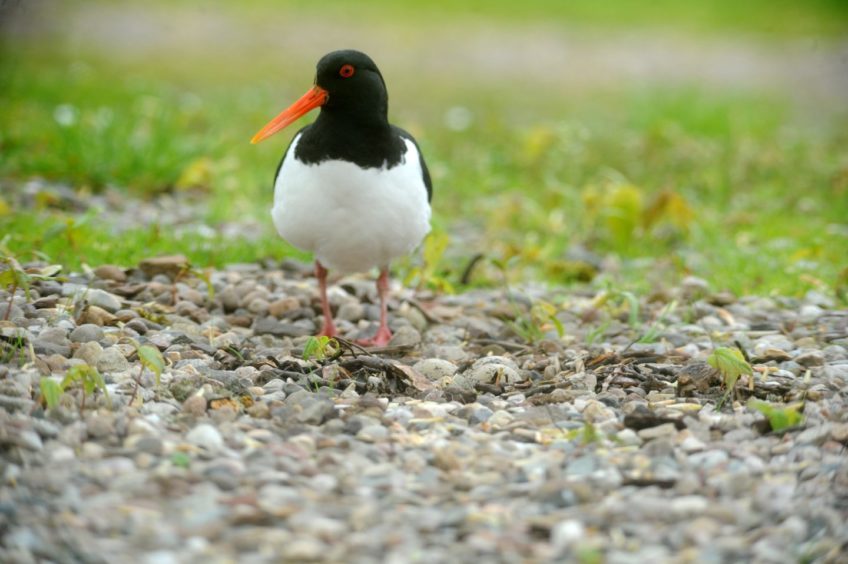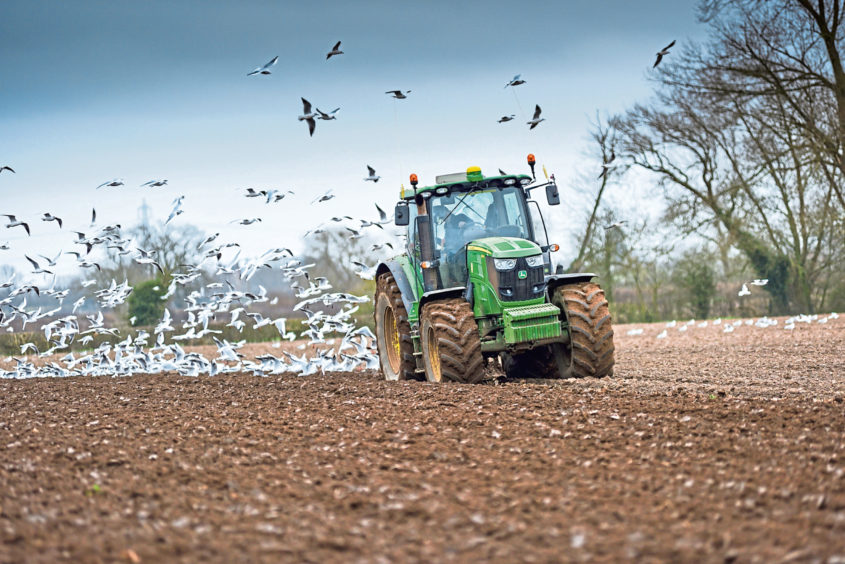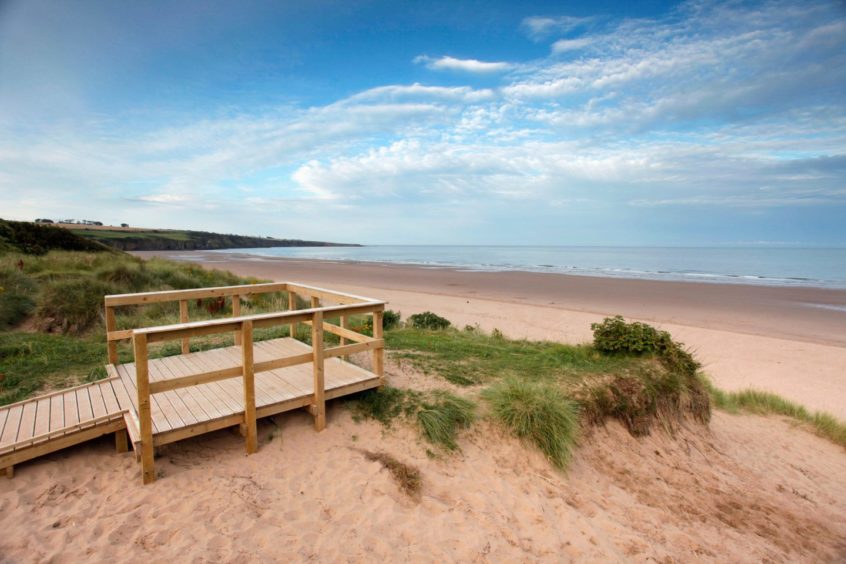A scatter of feathers by the side of the lochan at the foot of Glenesk marked the abrupt demise of a woodpigeon, victim of a sparrowhawk.
I was pleased to see it because over the years I’ve walked there with my dogs I can think of seeing only one other sparrowhawk. Buzzards are not uncommon and I’ve written of the Doyenne and I stopping counting red kites when we got to sixty – but that was exceptional.
Birds of prey are predators at the top of the food chain and their presence is a healthy sign indicating that the rest of the food chain is thriving and there is plenty of food available. The lochan is surrounded on three sides by woodland, ideal habitat for the small mammals and woodland songbirds which are the prey species of the lowland birds of prey.
There was heat in the sun but a chill in the wind. Walking to the head of the lochan I disturbed a pack of mallard and tufted duck and some wigeon and oystercatchers sitting on a bank preening and enjoying the sunshine.
The duck lifted off and flew to the safety of the middle of the loch and the oystercatchers circled the lochan twice and landed at the far end with a chorus of piping calls, kleep, kleep, kleep.
I read recently that work is for people who don’t birdwatch – which is as good a reason as I can think of to birdwatch. I settled into my favourite seat between the roots of the venerable old beech tree with excellent views over the water and I looked and I listened.
Over the years greylag geese have visited the lochan intermittently although none have stayed long enough to nest. It would be very exciting if the pair I was watching settled and hatched a first family this year.
A tractor was ploughing beyond a field of winter barley followed by a tail of raucous screaming black headed gulls which flew down to the loch for a wash and brush up before flying back again to feast on the snails and earthworms and insects thrown up on the newly turned earth.
I put the glasses on the far shore where I heard the whinnying call of a dabchick. It is surprisingly loud and carrying for such a small bird. You’ll normally only hear them at nesting time, otherwise they are quite reserved, not drawing attention to themselves and diving at the least sign of danger. It took a while to pick it up paddling around in the rushy shallows and I expect another was not far off.
A high pitched creaky call told me a coot was tucked out of sight in the reeds. The white wattle above their beak gives rise to the expression bald as a coot and identifies them from the moorhen, or waterhen, which has a red wattle.
A devilish good walk
The ruined chapel and graveyard of St Skae, victim of sea winds and salt spray, stands atop a rocky headland overlooking a natural coastal arch known to generations of Montrosians as the Elephant Rock. It’s so-called because of its resemblance to an elephant dipping its trunk into the sea.
A white-painted iron gate on the road from Dunninald Castle to Seaton of Usan Farm and Fishtown of Usan marks the track running beneath the railway line down to the ancient site. It is untended and overgrown with ivy and there are strange stories linked to it.
Displaying a breathtaking sense of moral ascendancy that it should have been permitted, there’s the grave of a man who was reputed to have sold his soul to the devil. It’s too overgrown now to find it but several headstones tell the pathetic story of infant mortality a hundred and fifty years ago.
James Macdonald of Dunninald buried five of his children before meeting the grim reaper himself. Echoes, not of a pandemic, but of epidemics against which doctors at the time had none of the range of present day antibiotics to combat them.
A surprising case of life after death
Dead nineteen years before he was born? The inscription on George Ramsay’s gravestone reads that he was born in 1859 and died in 1840.
Turns out it’s not another devilish story just a monumentally stupid mistake by the monumental sculptor. It’s surprising it was never corrected and it’s poor George’s eternal memorial now.
A good track along the shore makes easy walking round to The Boddin – a haunt of my youth – and the limekilns dating back to the 1700s. The great sweep of Lunan Bay sands curve away to the south and Red Head.
Two oil support vessels anchored in the bay were waiting to get into Montrose Port. A weak sun emerged fitfully from the clouds and a skylark made a brave attempt to tell the world it’s springtime.
I’ll go back again in summer when there’s more colour, more bird song, wild flowers will be blooming and there will be butterflies.













